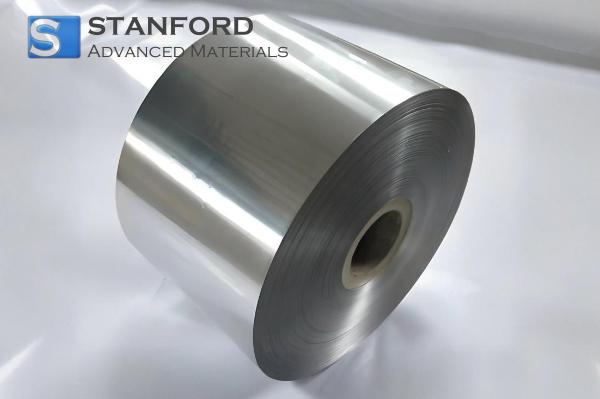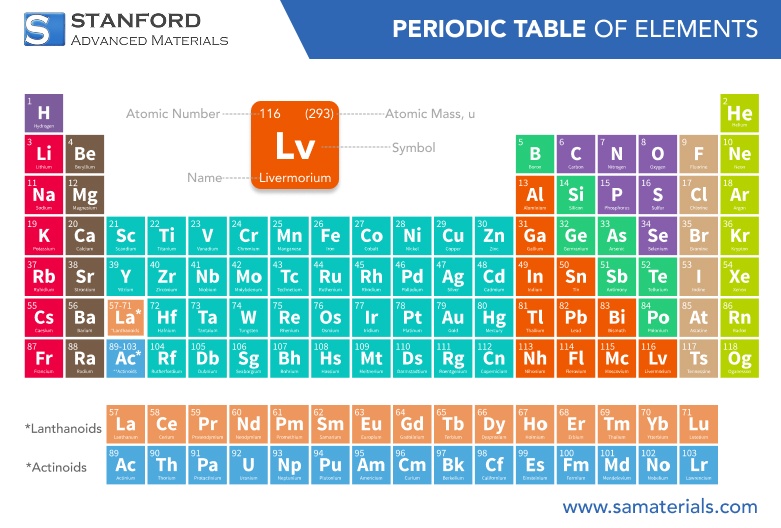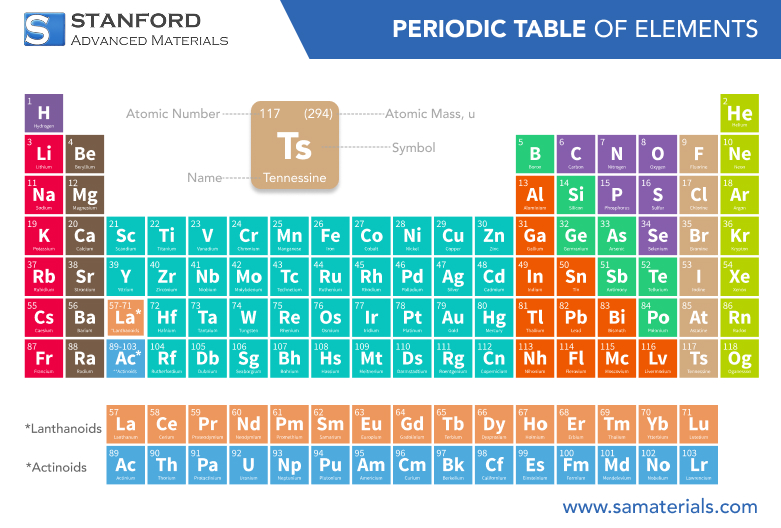Uranium: Element Properties And Uses
Description
Uranium is a dense, silvery-grey metal; it is well-known for its radioactivity and its central role in nuclear energy. Being among the heaviest naturally occurring elements, uranium presents a unique combination of chemical reactivity, multiple oxidation states, and nuclear characteristics, making it essential in modern technology, energy production, and scientific research.
Introduction to the Element
The significant interest in uranium by scientists, chemists, and engineers has always been linked to its unique position in the periodic table. It has the atomic number 92, placing it amongst the last naturally abundant elements and a bridge between natural heavy metals and synthetic transuranic elements. German chemist Martin Heinrich Klaproth discovered it in 1789, but it was recognised simply as a heavy metal with distinct properties until the late 19th century, when the discovery of radioactivity by Henri Becquerel demonstrated the true scientific importance of uranium.
Major minerals containing uranium include uraninite, carnotite, and brannerite; it is mined in many regions of the world. Its high-density attribute, being almost twice as heavy as lead, and its ability to undergo nuclear fission highlight the material's significance in civilian and defence industries.
Chemical Properties Description
Chemically, uranium is highly versatile, displaying forms from +3 to +6 oxidation states, with an additional common and stable form represented by +4 and +6. This flexibility allows the element to form a vast array of compounds, many of which are crucial in nuclear fuel cycles and industrial applications.
• Uranium dioxide is the primary form used in nuclear fuel pellets as it is stable, highly refractory, and compatible under reactor conditions.
• The common intermediate forms during processing include uranium trioxide (UO₃) and triuranium octoxide (U₃O₈).
• Uranium hexafluoride (UF₆) is one of the most chemically significant uranium compounds. Its volatility renders it ideal for enrichment processes which separate isotopes required for reactor-grade or weapons-grade material.
The solubility of uranium in environmental systems is significantly influenced by pH and the presence of carbonate or phosphate ions. This chemistry governs the movement of uranium in groundwater, its extraction by mining, and its management in environmental remediation projects.
Physical Properties
Property.Value.Unit.Description
Atomic Number 92 — Number of protons in the nucleus
Atomic Weight 238.03 g/mol Average mass of uranium atoms
Density 19.1 g/cm³ Extremely high density; almost twice that of lead
Melting Point 1132 °C Temperature at which solid uranium becomes liquid
Boiling Point 4131 °C Temperature at which uranium vaporises
Specific Gravity 19.1 — Relative density compared to water
For more information, please visit Stanford Advanced Materials (SAM).
Pure uranium metal is malleable and ductile, but it tarnishes when exposed to air and readily reacts to form a range of uranium oxides. While it is radioactive, the decay products are predominantly alpha particles, which cannot penetrate the skin, although internal exposure is hazardous, necessitating stringent handling controls.
U-235 and U-238: The Important Isotopes
Two isotopes define uranium's technological significance: U-238 and U-235.
U-238
Approximately 99.3% of natural uranium consists of U-238. While not readily fissile, this isotope is fertile; it can absorb a neutron and ultimately become plutonium-239, a fissile isotope used in both reactors and nuclear weapons. This characteristic ensures that U-238 plays an important role in mixed oxide fuels (MOX) and breeder reactor technologies.
U-235
Only 0.72% of natural uranium is U-235, but it is the only naturally occurring isotope capable of sustaining a chain reaction. This isotope splits into smaller atoms when struck by a slow neutron, releasing a significant quantity of energy and additional neutrons. This chain reaction is the foundation of
• Nuclear power generation
• Nuclear submarine propulsion
• Atomic weapons
• Research reactor operations
Due to its rarity, U-235 requires enrichment in many cases to increase its concentration for application in reactors. Enrichment, typically performed by gaseous diffusion or centrifugation of UF₆, yields enriched uranium suitable for electricity generation.
Where Uranium Is Found
Uranium is a relatively common element in the Earth’s crust, occurring in approximately the same abundance as tungsten or molybdenum. It primarily exists in mineral forms and is mined using conventional techniques and in situ leaching. Major uranium-producing countries include:
• Kazakhstan is currently the world's largest uranium producer, relying mainly on in situ leach mining
• Canada has some of the richest high-grade deposits in the world.
• Australia - has vast reserves located in various large open-pit and underground mines
Namibia, Niger, Uzbekistan, and the United States are significant producers with long histories of uranium extraction.
Uranium is also found in trace amounts in phosphate deposits, seawater, and even in some granitic rocks. Seawater uranium extraction technologies are advancing, potentially providing an almost unlimited supply of uranium in the future.
Common Uses
The unique nuclear and physical characteristics of uranium give rise to several important applications:
1. Nuclear Energy Production
The principal use of uranium is as fuel in nuclear reactors. When U-235 undergoes fission, it produces significant amounts of heat. This heat generates steam, which drives turbines to produce electricity. Nuclear energy from uranium provides a considerable portion of the world's low-carbon electricity.
2. Defence and Military Applications
Enriched uranium is utilised to form the core of nuclear weapons. Depleted uranium (DU)—primarily U-238—is used in armour-piercing munitions and armoured vehicle plating, as its extreme density allows it to both penetrate and self-sharpen upon impact.
3. Scientific and Medical Applications
Applications for uranium compounds include the dating of rocks in geology, environmental tracing studies, and research reactors producing medical isotopes for cancer treatment.
Preparation Methods
Mining and milling are the initial steps in the commercial preparation of uranium. Following extraction, the ore undergoes processing by crushing, grinding, and chemical leaching, usually with sulfuric acid or alkaline solutions, to isolate uranium from other minerals.
The final solution is purified by:
• Solvent extraction
• Ion exchange
• Precipitation into "yellowcake," typically U₃O₈
Yellowcake is converted into either UF₆ for enrichment or into UO₂ for fabrication into fuel pellets.
Frequently Asked Questions
What is so special about uranium?
Unique among the naturally occurring elements, uranium combines radioactivity, high density, multiple oxidation states, and the capacity to undergo fission.
How is uranium extracted?
Traditional mining methods, in-situ leaching, and chemical purification separate uranium from ore.
Why are U-235 and U-238 important?
U-235 is fissile and capable of undergoing a chain reaction, whereas U-238 is fertile and can be converted into usable nuclear fuel.
Why is uranium important to industry?
Its nuclear properties underpin global energy production and defence technologies.
How do preparation methods ensure safety?
Strict protocols, radiation protection standards, and controlled chemical processes ensure uranium is handled and used safely.

 Bars
Bars
 Beads & Spheres
Beads & Spheres
 Bolts & Nuts
Bolts & Nuts
 Crucibles
Crucibles
 Discs
Discs
 Fibers & Fabrics
Fibers & Fabrics
 Films
Films
 Flake
Flake
 Foams
Foams
 Foil
Foil
 Granules
Granules
 Honeycombs
Honeycombs
 Ink
Ink
 Laminate
Laminate
 Lumps
Lumps
 Meshes
Meshes
 Metallised Film
Metallised Film
 Plate
Plate
 Powders
Powders
 Rod
Rod
 Sheets
Sheets
 Single Crystals
Single Crystals
 Sputtering Target
Sputtering Target
 Tubes
Tubes
 Washer
Washer
 Wires
Wires
 Converters & Calculators
Converters & Calculators
 Write for Us
Write for Us




 Chin Trento
Chin Trento



